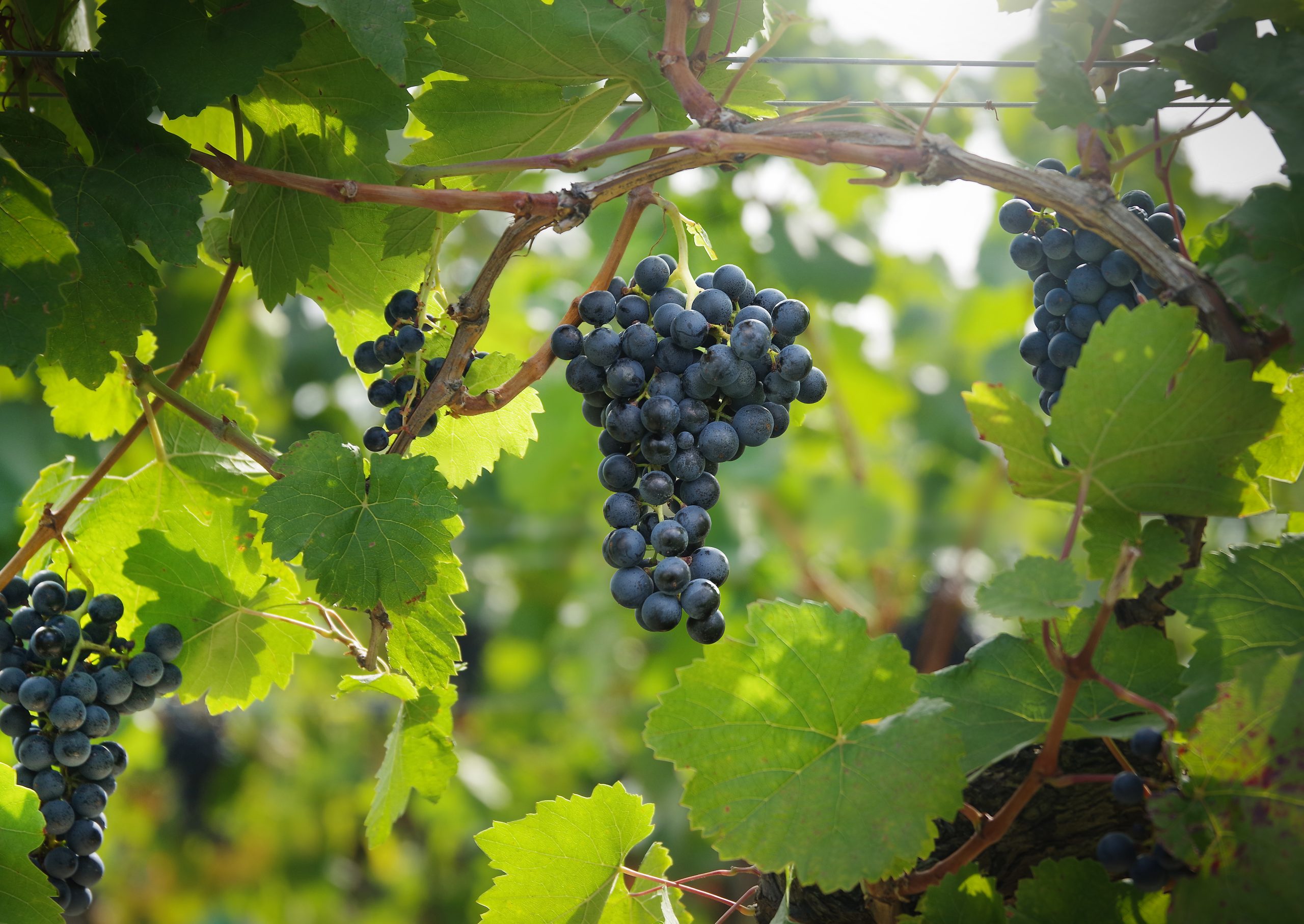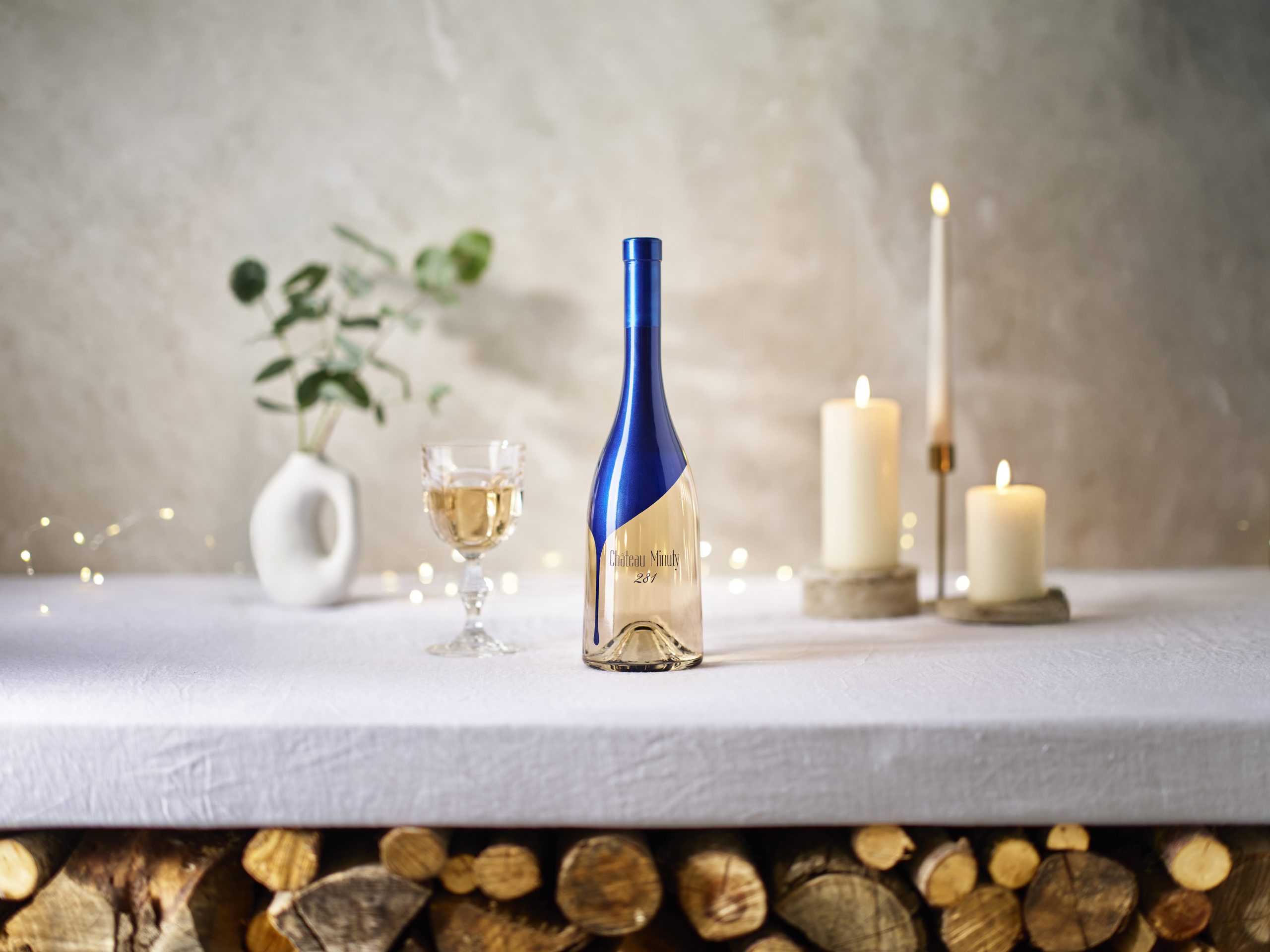Argentina is ‘finally bringing back the money’, says Doña Paula
Cristobal ‘Toti’ Undurraga has been director of wine at Doña Paula for a year – about the same length of time as the current president of Argentina has been in the hotseat. He tells Sarah Neish about vineyard discoveries and the shapeshifting nature of the nation’s economy.

Doña Paula’s director of wine Cristobal Undurraga, or Toti as he is affectionately known, is wonderfully warm and easy company. While other wine world glitterati introduced me to some of Santiago’s finest restaurants when I visited Chile in the aftermath of the Covid pandemic in 2021, Toti welcomed me into his home, cooked us first-rate steaks over his living room fire, and poured inky glasses of Carmenere while we sank into battered sofas to drink them. His six dogs (two of which, I discover, have sadly departed since then) were never far from sight.
At that time Toti was filling me in on the bustling biological corridors in the vineyards of his own Chilean family wine label Koyle, but by December 2023 his career had changed track having taken on the role of director of wine at esteemed Argentine producer Doña Paula.
Chilean by birth, Toti still lives in Santiago and travels every two weeks to Mendoza. It’s not his first stint working in Argentina either. He left Mendoza in 2007 after a four-year chapter as head enologist with Viña Kaiken, and has always wanted to return.
“I really connected with the Andes when I was there,” he tells db. “For me, I can be on the east side or the west side of the mountains, it doesn’t really matter.”
While Martín Kaiser remains full-time director of viticulture and winemaking at Doña Paula, Toti was brought in to focus on the producer’s “ultra premium and estate wines”.
Andean Grand Cru
Toti is brimming with excitement about Gualtallary, an Uco Valley subregion which he dubs “the Andean Grand Cru”. Doña Paula owns a 150ha slice of this prime terroir, which he says is perfect for producing high-end Malbec.
The biggest surprise he has experienced in the year since taking on the role has been that grapes from these Gualtallary vineyards consistently produce naturally low-alcohol wines.
“What we are seeing from here are fresher, easy-drinking wines, not big and over-ripe,” he says. “Gualtallary has a riverbank terrace with a high content of calcium carbonate in the soils due to stones that have been moved by the river. It gives us wines with lower sugar and high acidity – very balanced, soft and beautifully rounded.”
Although Doña Paula cottoned on to the potential of its Gualtallary site almost a decade ago – its top wine Selección de Bodega has been made using 100% grapes from Gualtallary since 2015 – the producer continues to uncover new finds there.

Microbiology
In August this year, Toti and his team began measuring the microbiology in the soils of Doña Paula’s Gualtallary vineyard, and he expects to learn the results this month. The last time Doña Paula analysed its soils in this way was 10 years ago, in 2014, and Toti is eager to discover what has changed in the decade that followed.
The contents of the soils is especially relevant given that Doña Paula began the process of converting to organic earlier this year.
In March Toti told db that he was keen to adopt ‘regenerative’ practices in order to increase the amount of microbiological life and carbon in vineyard soils by ensuring the ground is permanently covered with vegetation, and leaving it undisturbed without turning or ploughing the soil.
“We are converting to organics, and looking at agroforestry and working with biodiversity, as well as respecting the soils – there is a lot we must do,” he said at the time.
Partner Content
Toti anticipates that Doña Paula will be fully certified as organic and biodynamic by 2027. He tells db that he firmly believes biodynamic is the way to go and namechecks producers such as Romanée Conti, Opus One and Pingus, who all also practice biodynamic viticulture, as good examples to follow.
“It’s not enough to just be certified,” he says. “Certified could mean something very standard”. Working biodynamically is what he believes will make Doña Paula’s wines spectacular.
Stonewalling
One other change that Toti is enacting is to build “little clos” in the vineyard by constructing stone walls to “make a physical separation between individual plots.” The idea, he says, is to “make life easier in terms of pruning, harvesting and vinification.”
Selección de Bodega is made using the best grapes from these clos. “Maybe tomorrow, Selección de Bodega will be a blend of seven different micro-vinifications from these plots,” he says. Alternatively, he may choose to make a completely new wine from one single plot.
“It’s a work in progress,” he says. “But an exciting one.”

Argentine economy
It has been well documented that Argentina has had a rollercoaster ride in the last few years, both politically and economically. However, things have started to stabilise, according to the wine director.
“In the last year since the new president [Javier Milei] took over, we have been able to receive payments from overseas,” Toti tells db. “Before then there was too much bureaucracy. We are finally bringing back the money.”
He describes the domestic economy as being “a little more dynamic” now, but points out that in the wine community producers were impacted differently, depending on their size.
Smaller growers and producers suffered in terms of not being able to export their wines. Meanwhile, larger groups such as Doña Paula’s owner Santa Rita Estates, which already have plenty of stock in export markets, felt the pressure when trying to obtain winemaking equipment.
“If you wanted to buy foudres, tractors, tanks etc. then it was taking six or seven months for these to arrive,” Toti explains. A web of tangled tax rules meant that deliveries wound up being indefinitely stuck at ports.
Proof that things are improving can be seen from a recent order placed by Doña Paula.
“The French barriques we ordered two weeks ago will arrive in February,” Toti says. “Last year, we ordered some barriques in December, and didn’t receive them until August – eight months later.”
He is optimistic that the flow of cash and goods will continue to improve in Argentina, meaning the nation’s winemaking community can breathe a tentative sigh of relief.
Related news
Balcarce: what you need to know about Argentina's fledgling wine region
How can Argentina’s native grape hit the big time?
‘Argentina is more than Malbec’: Global buyers rethink Mendoza at Vinexpo Explorer 2025




